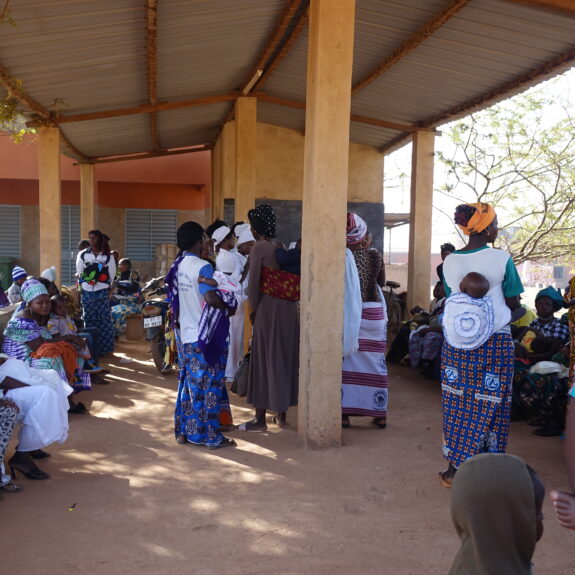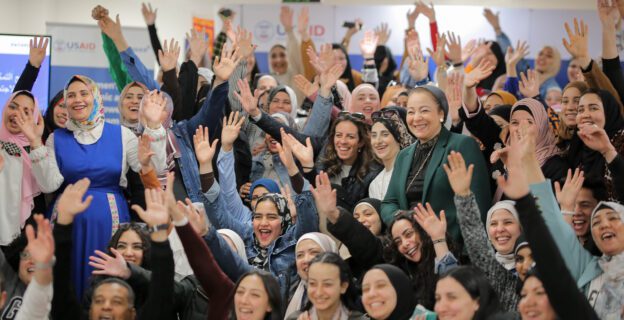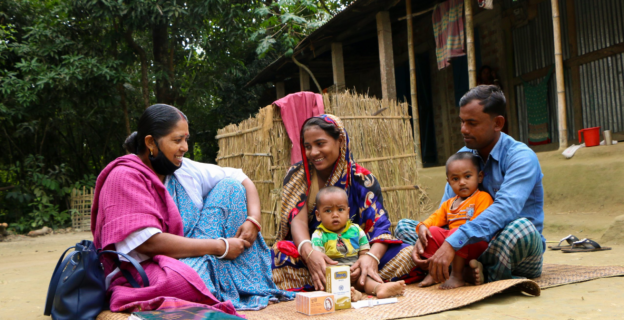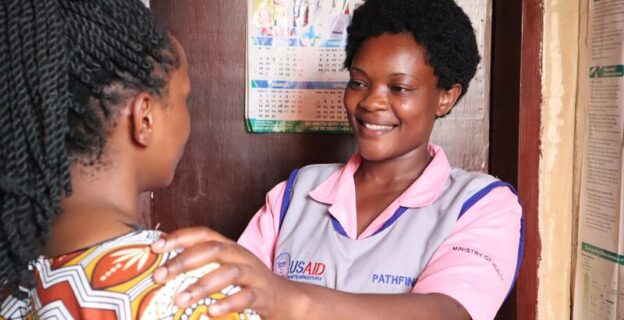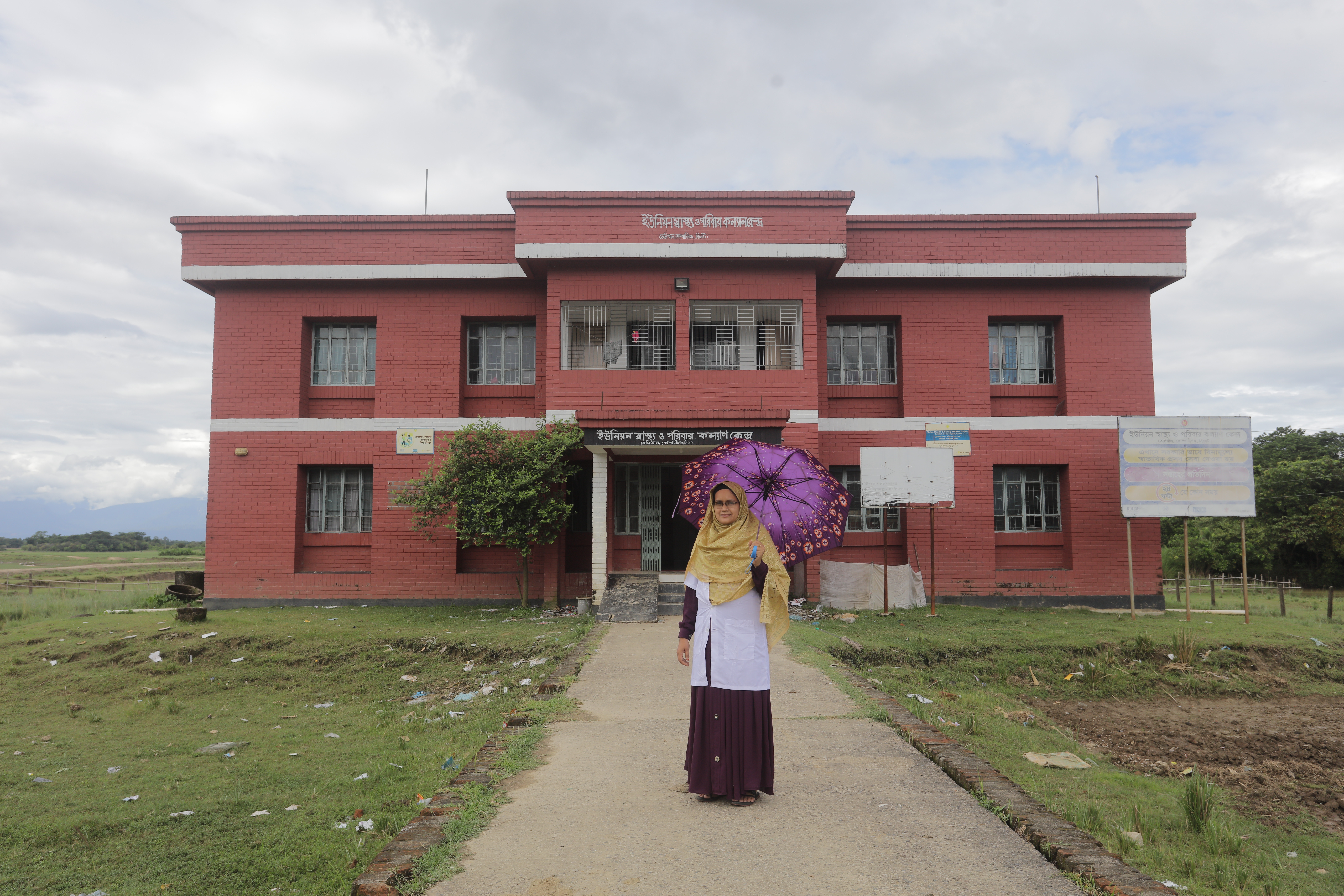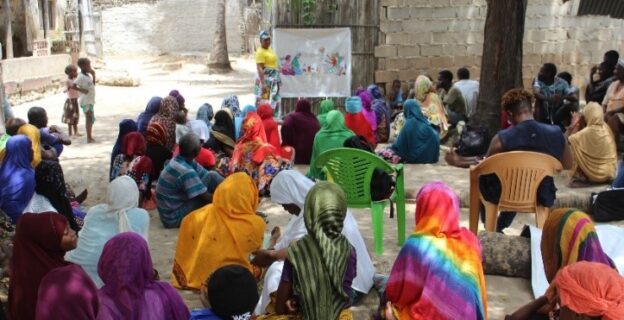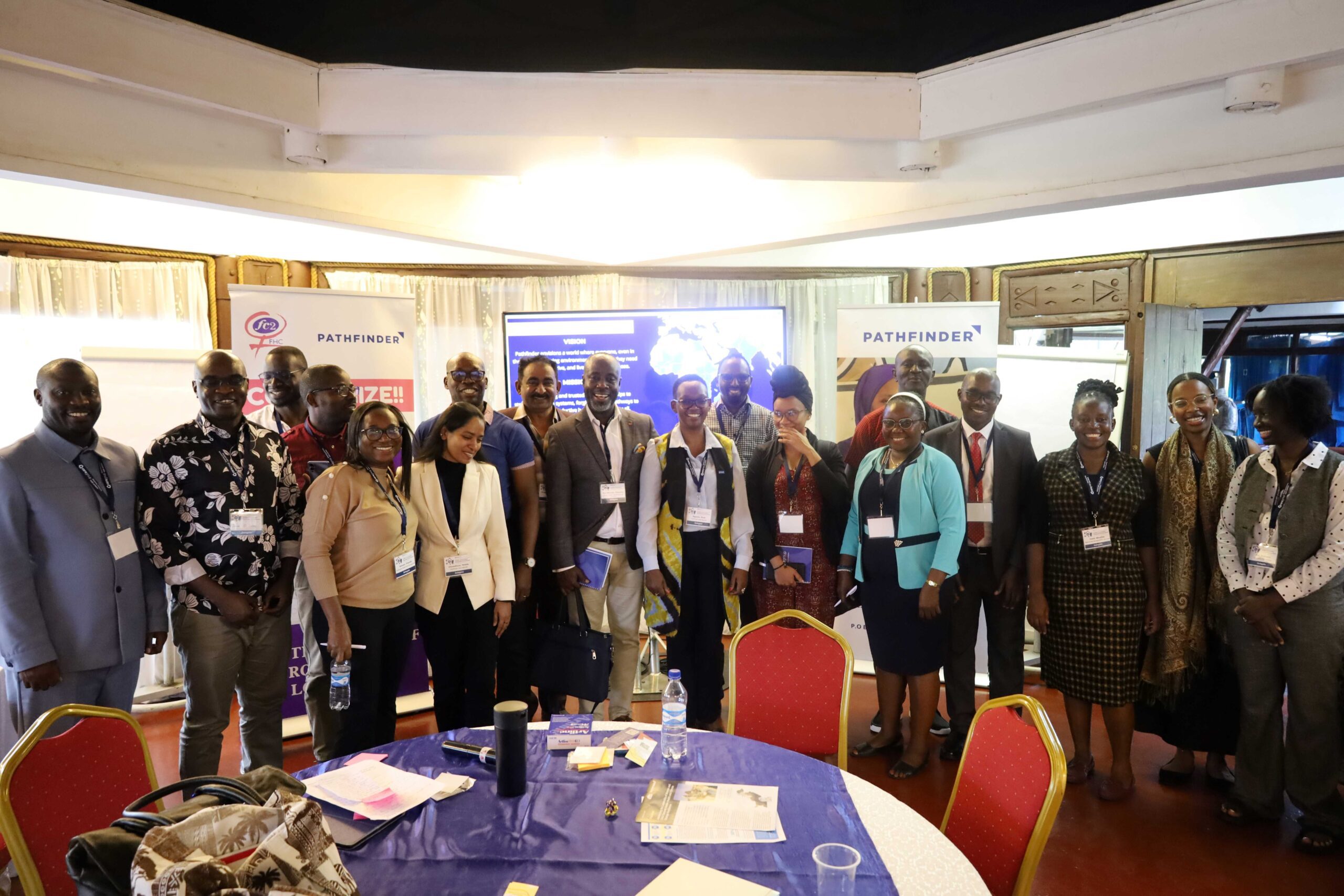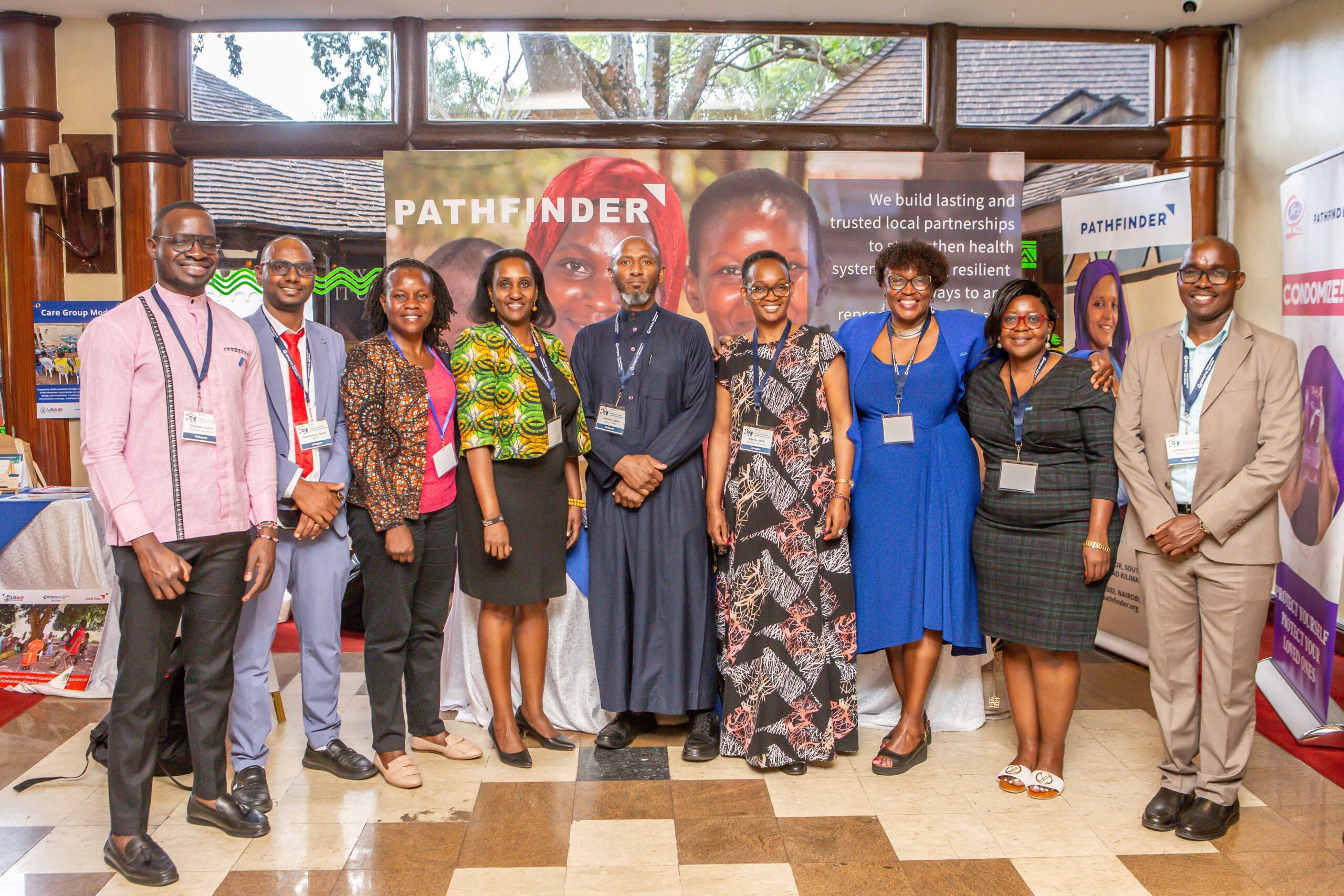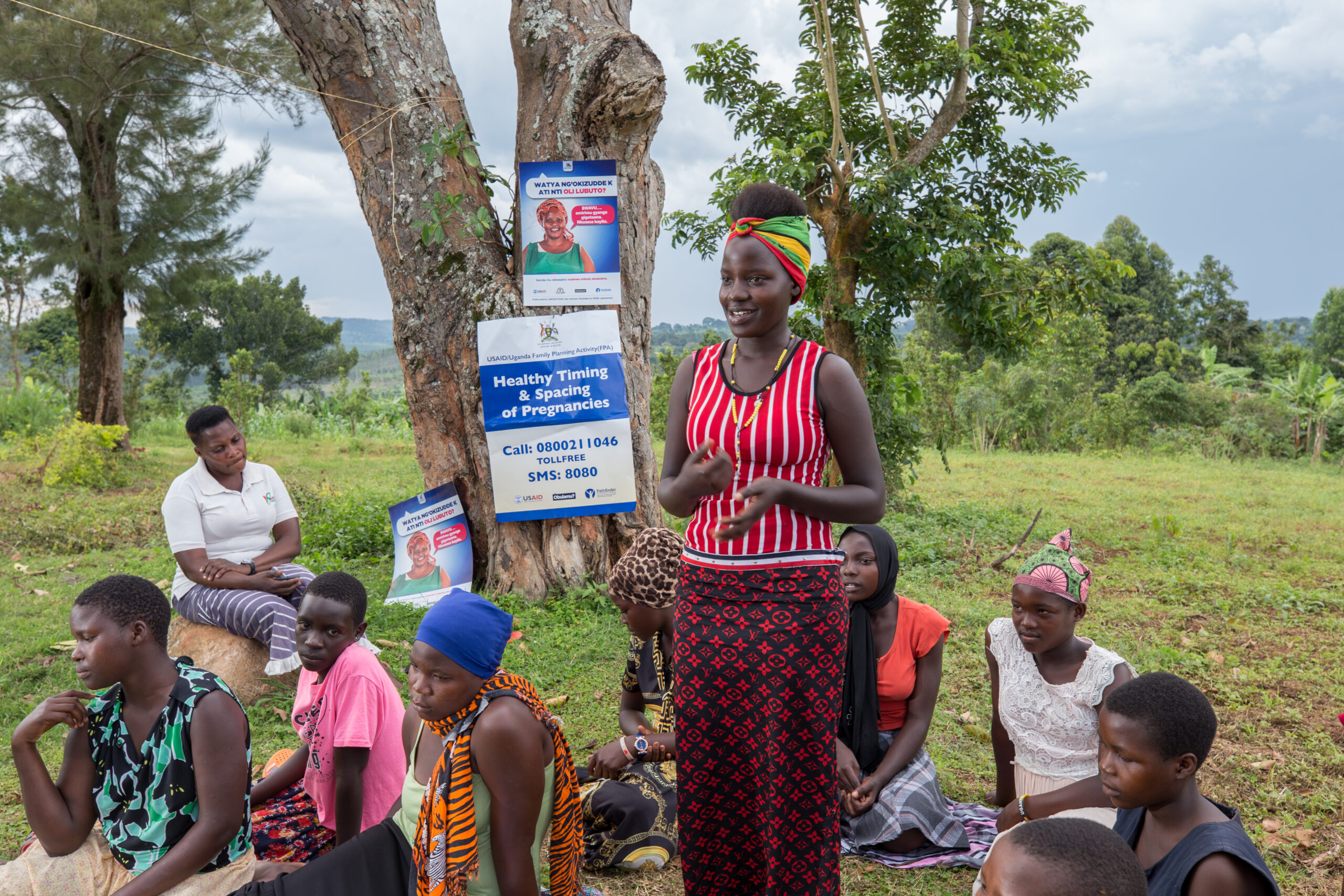Integrating Segmentation Analysis into Sexual and Reproductive Health and Rights Programs
Global health practitioners have long used segmentation to group individuals into homogenous subgroups to tailor or adapt program services or approaches to specific audiences. In recent years, a push for greater impact on health outcomes has motivated use of psycho-behavioral segmentation, which seeks to account not only for demographics (who people are) but also for their behaviors and the motivations, attitudes, beliefs, needs that influence them (what they do). However, documentation of the application and value of this rigorous segmentation approach is limited.
To bridge this knowledge gap, a new brief from Pathfinder International outlines four factors―utility, ethics, scale, and sequencing―that the Beyond Bias project found to be critical for programs to consider when seeking to incorporate psycho-behavioral segmentation into their programs. The brief provides a retrospective assessment of how Beyond Bias and three other Pathfinder projects―IMPACT, (re)solve, and YUVAA)―all funded by the Bill & Melinda Gates Foundation, considered these factors.
